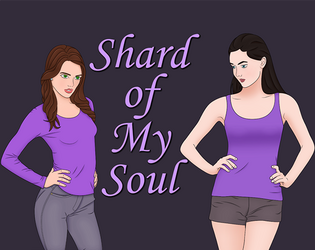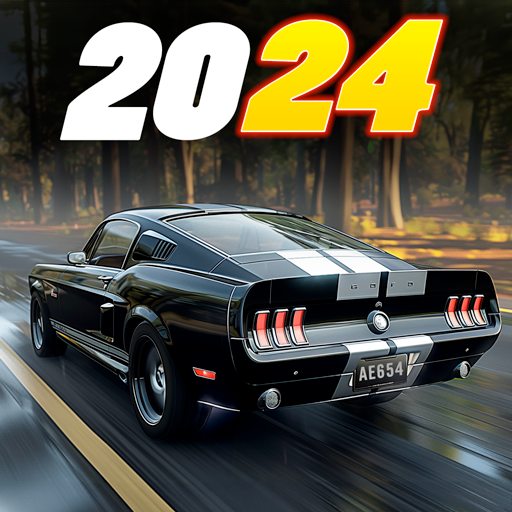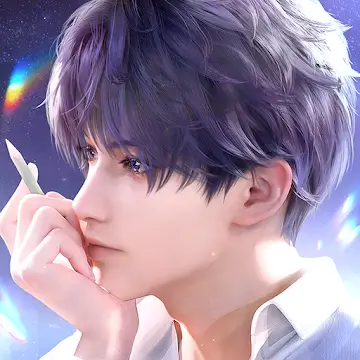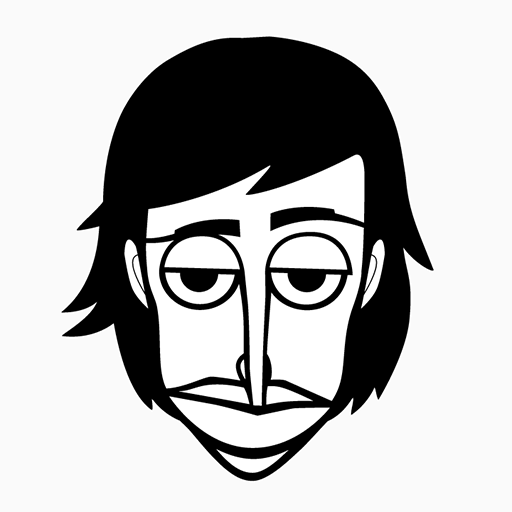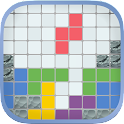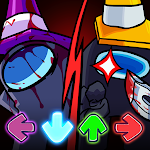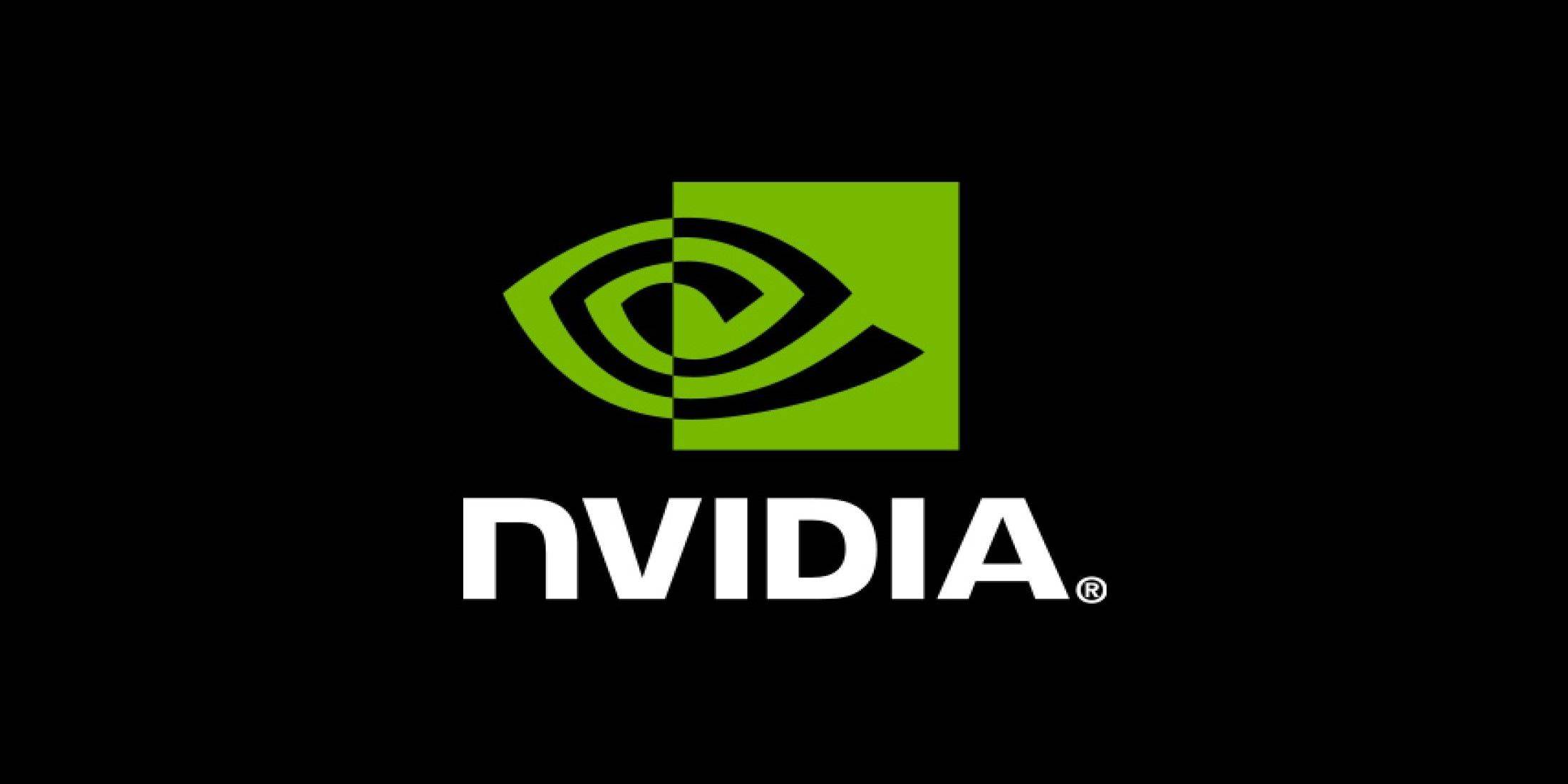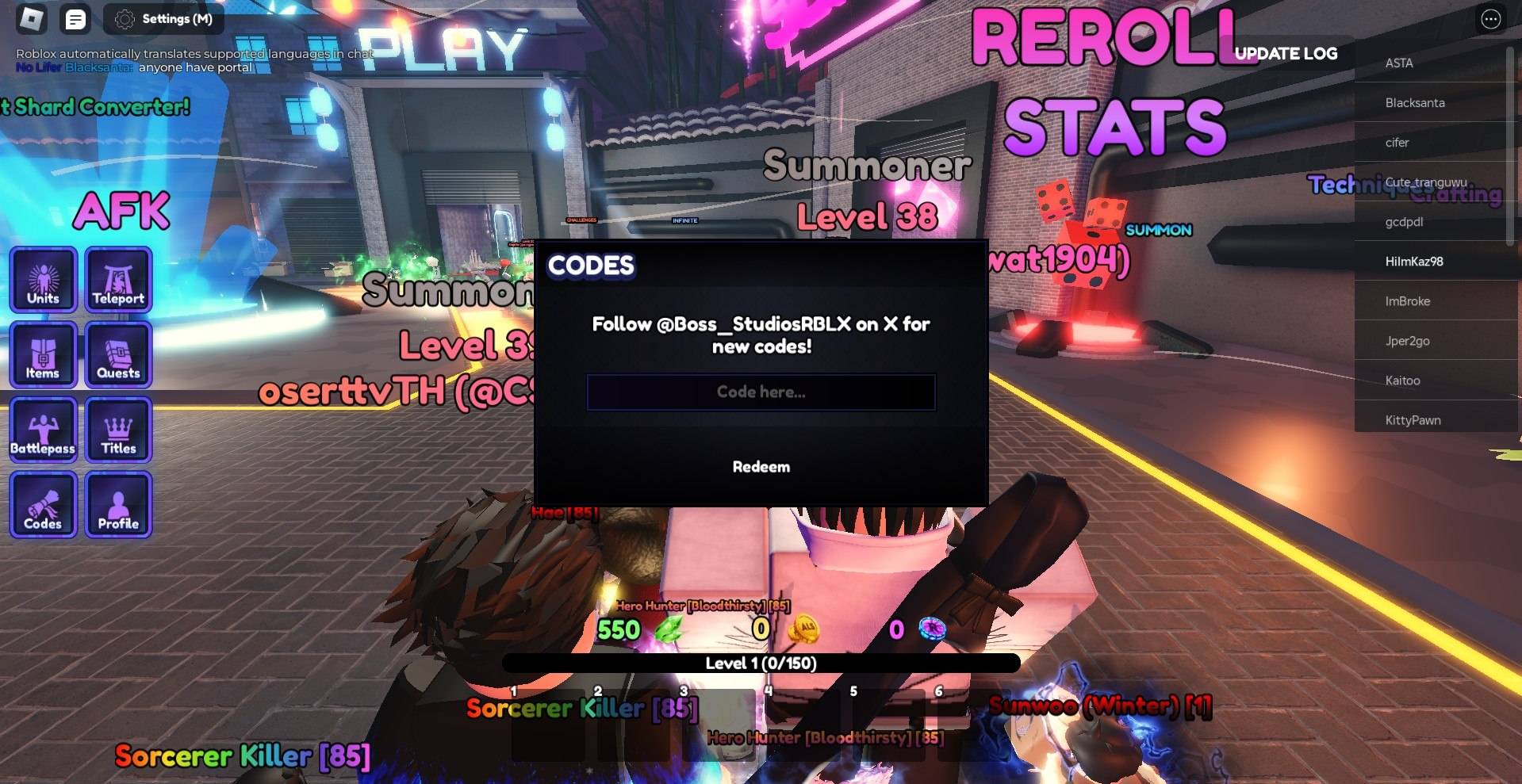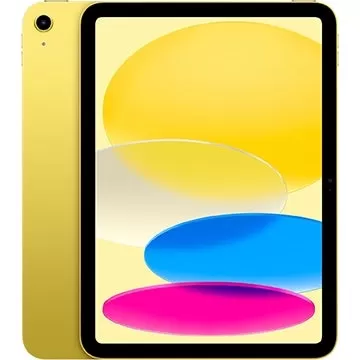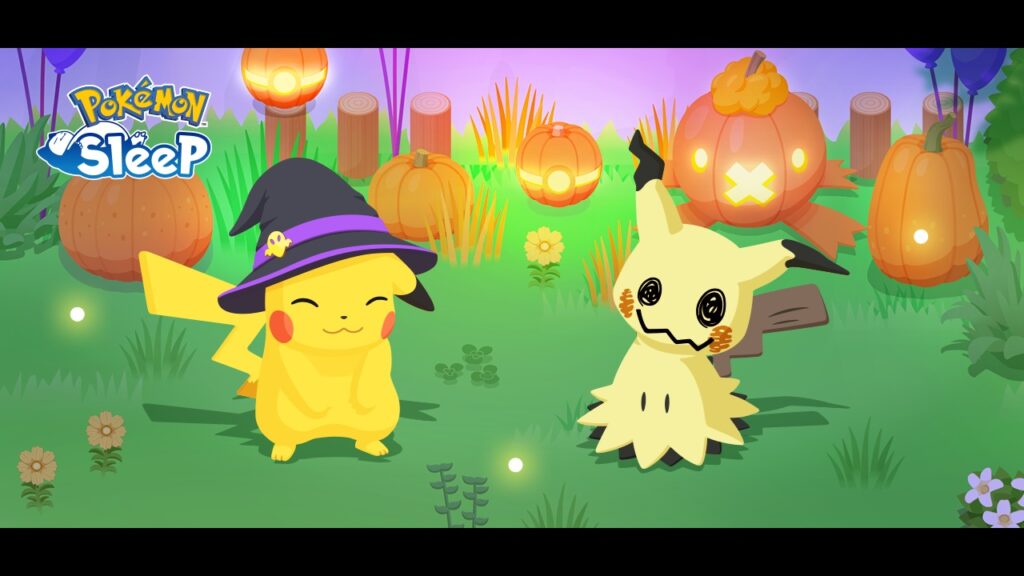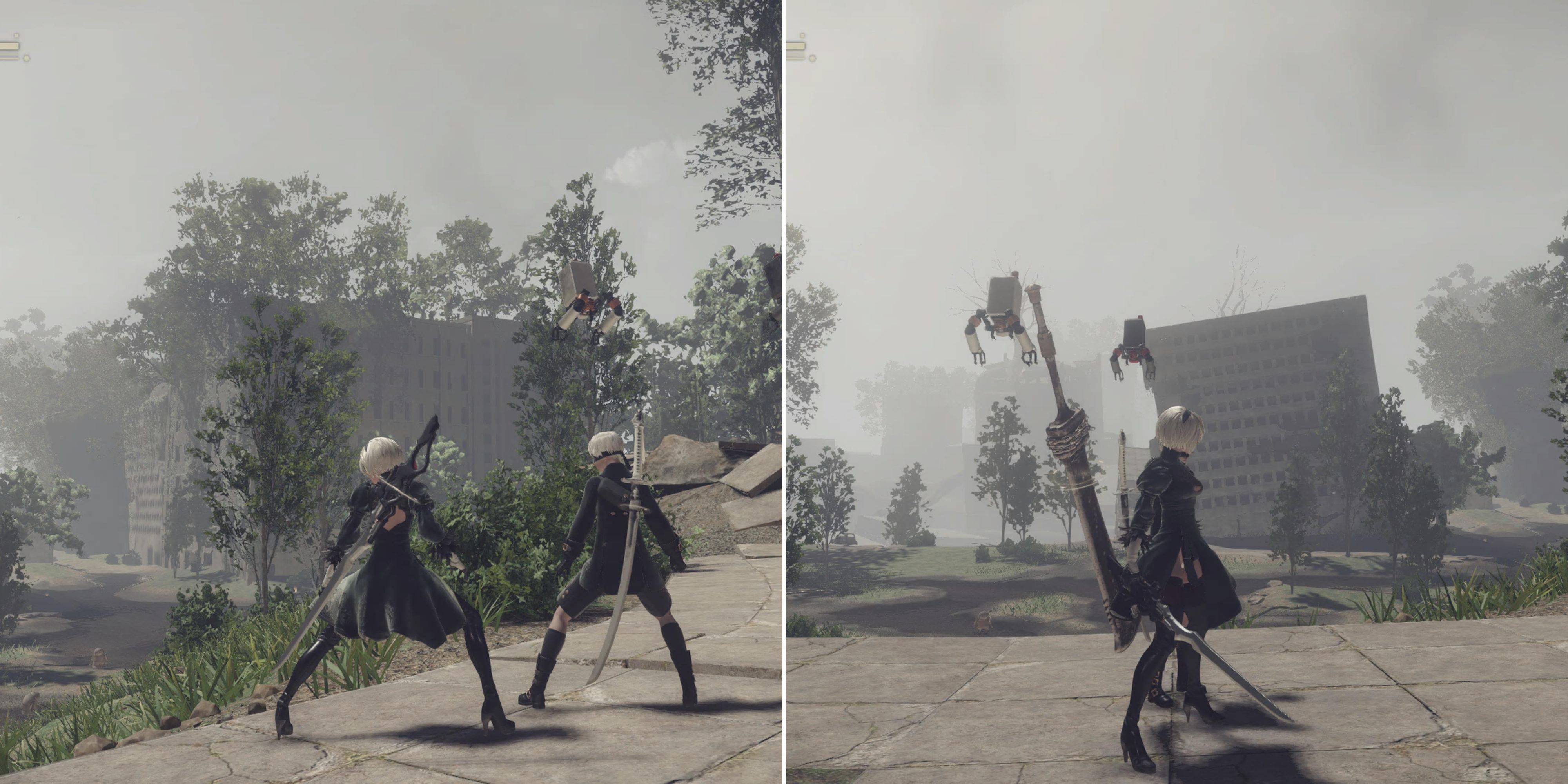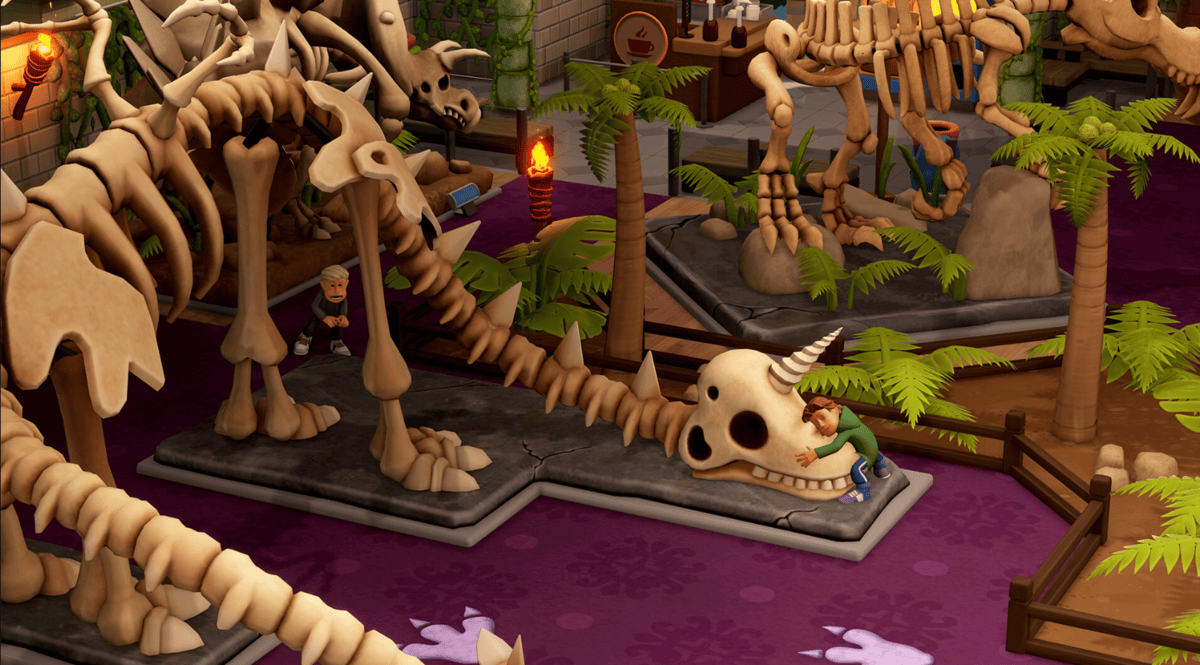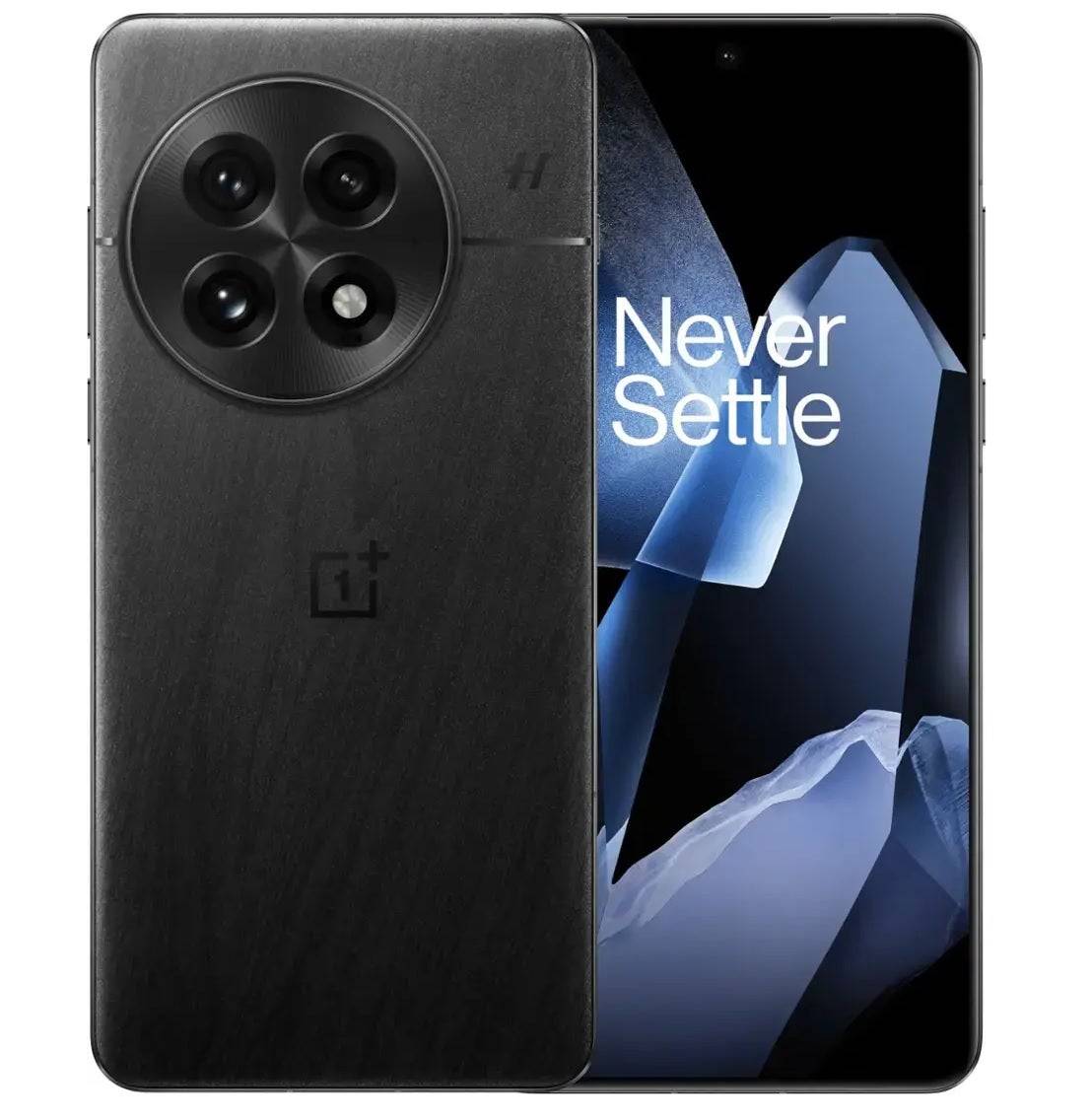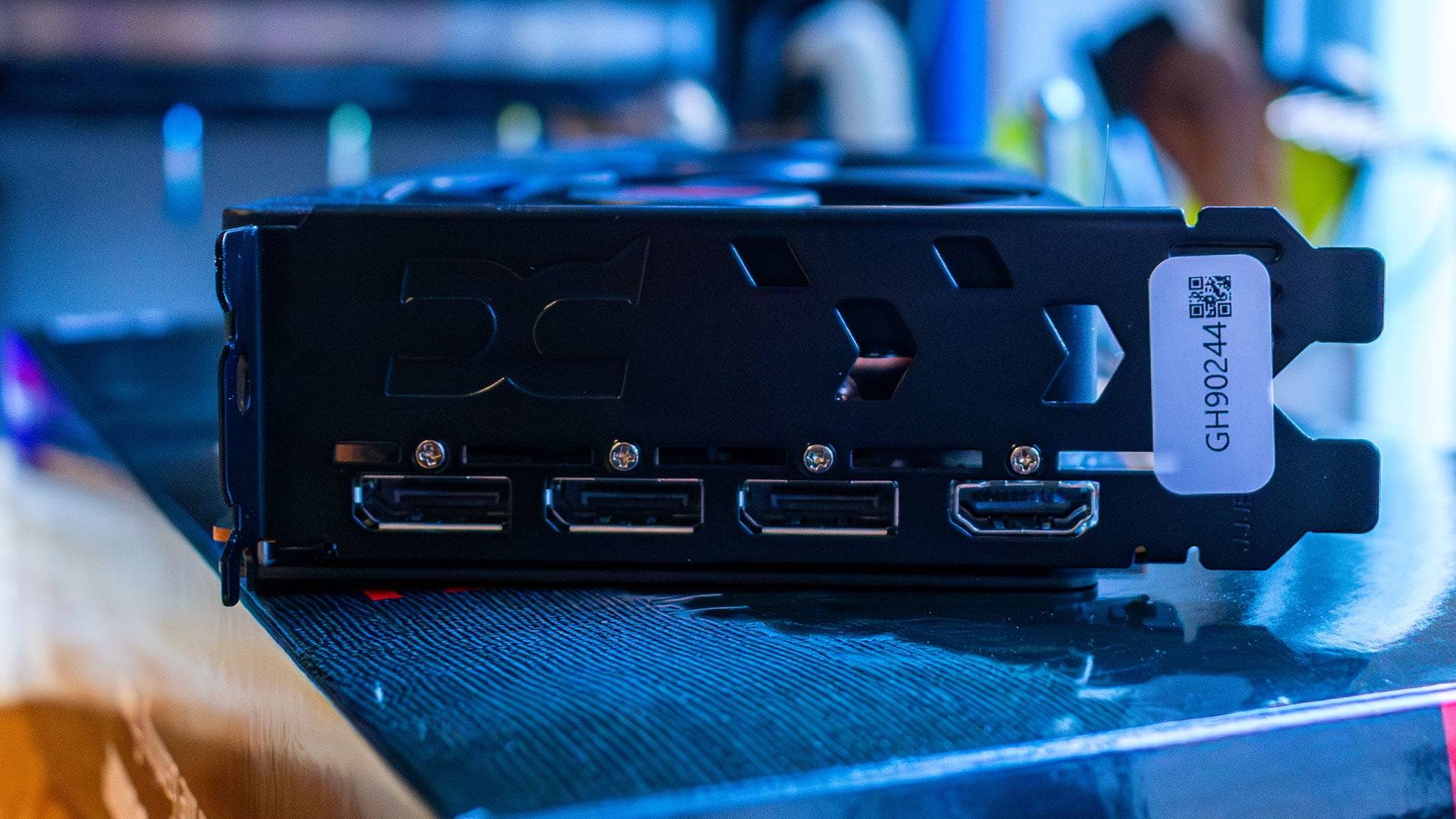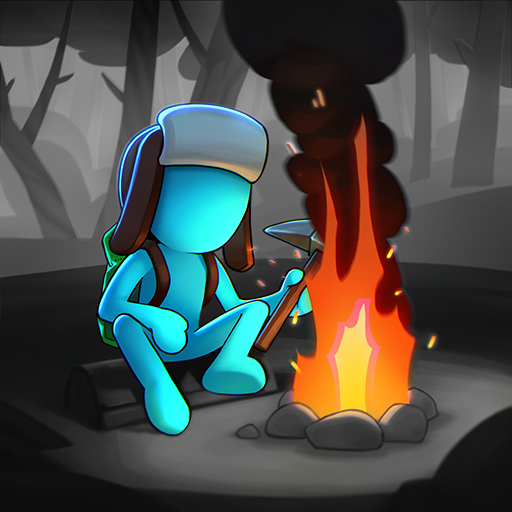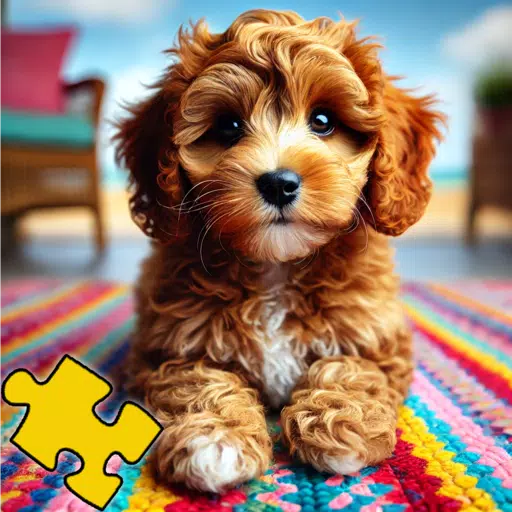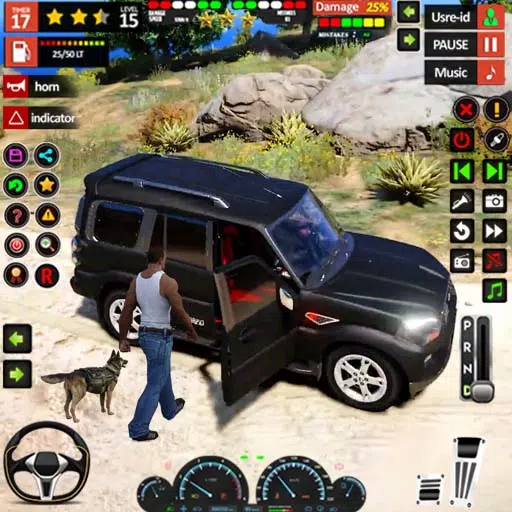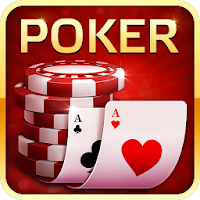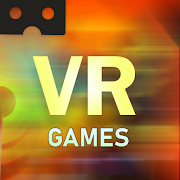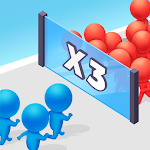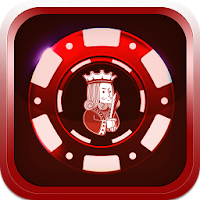Switch 2's Price: No Barrier to Success
At the start of April, Nintendo's highly-anticipated Switch 2 Direct event concluded on a worrying note. The showcase had been thrilling, unveiling a host of innovative features and an exciting lineup of upcoming games, yet one crucial piece of information was missing—the price. It wasn't long before fans' apprehensions about a substantial price increase were confirmed. Nintendo revealed on the newly-launched Switch 2 website that the console would be priced at $449, marking a $150 jump from the original Switch's launch price of $299. The frustration over the undisclosed price was compounded by concerns about the console's market performance, especially after it was announced that Mario Kart World, the flagship launch title for the Switch 2, would retail at $80.
Echoes of the Wii U era left some Nintendo fans skeptical, with fears that the steep price of the Switch 2 might limit its appeal and plunge Nintendo into another slump. The question loomed large: who would shell out $450 for what is essentially last-generation technology when a PS5 or Xbox Series X could be had for a similar amount? These concerns, however, were soon alleviated when Bloomberg predicted that the Switch 2 is set to achieve the largest console launch in history, with estimates of 6-8 million units sold. This would shatter the current record of 4.5 million units, shared by the PS4 and PS5. Despite the higher price tag, the demand for the Switch 2 is undeniable, a trend consistent with historical console launches.
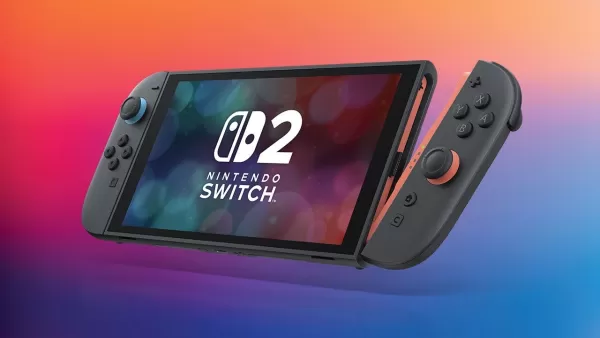
Though the Switch 2 comes with a hefty price tag, it aligns closely with its competitors. Looking back at Nintendo's past, we can see why the Switch 2 is poised for success. The Virtual Boy, launched two decades ago, was Nintendo's first and only foray into virtual reality. The allure of VR has always been strong, yet in 1995, the technology was far from ready for widespread use. The Virtual Boy, with its subpar technology and uncomfortable design requiring users to hunch over a table to peer into a red-hued viewport, failed to meet consumer expectations and led to reports of headaches. It was not the immersive experience gamers had hoped for.
In stark contrast, the Switch 2 is reminiscent of the successful Wii, which introduced reliable motion control technology that captured the imagination of gamers. The Wii transformed how games were played and broadened the gaming audience, finding homes in diverse settings from retirement homes to children's bedrooms. The enduring popularity of motion controls, now a staple in Nintendo's consoles, highlights their effectiveness in engaging games like Pikmin and Metroid Prime.
Nintendo is not alone in creating compelling consoles. Sony's PlayStation 2, for example, doubled as a DVD player, making it a must-have in the early 2000s. When Nintendo excels, it does so remarkably. The original Switch's seamless transition between handheld and console modes was a game-changer, blending the boundaries between the two formats. A common criticism of the original Switch, aside from Joy-Con drift, was its limited processing power, an issue Nintendo addresses with the Switch 2. While the Switch 2 may not be as groundbreaking as its predecessor, it remains highly desirable.
The Switch 2's pricing strategy is in line with that of its competitors' flagship consoles. The Wii U's failure serves as a reminder that compelling hardware alone isn't enough; it must be supported by a robust game lineup. The Wii U launched with New Super Mario Bros. U, a game that felt repetitive and failed to innovate, unable to drive console sales. Subsequent Wii U titles, like Donkey Kong Country: Tropical Freeze and Super Mario 3D World, found success later on the Switch but initially fell flat. The Wii U lacked that essential "killer app" that made the Wii, Switch, and DS so successful.
In contrast, the Switch 2 not only carries forward the acclaimed library from its predecessor but also enhances the gaming experience with graphical upgrades and new content. The launch title, Mario Kart World, reinvents the franchise with an open-world approach reminiscent of Forza Horizon, offering a fresh experience distinct from Mario Kart 8 Deluxe. Following its release, Nintendo plans to launch the first new 3D Donkey Kong game since 1999, resembling a Super Mario Odyssey-style adventure, and in 2026, an exclusive FromSoft game that echoes the atmosphere of Bloodborne. These offerings provide multiple reasons for gamers to invest in the Switch 2.
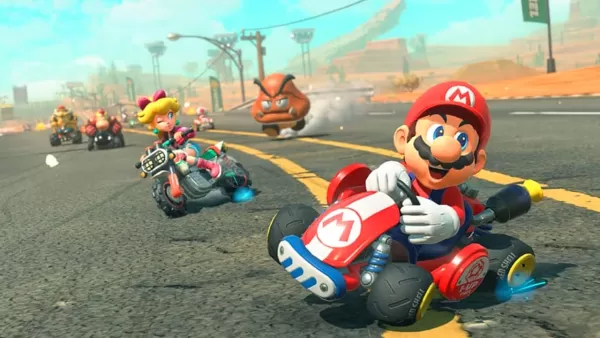
Mario Kart World promises to be a significant upgrade from Mario Kart 8 Deluxe. While the price of the Switch 2 is a consideration, especially in a time of economic strain, it is consistent with the pricing of competing flagship consoles. The standard, disc-based PS5 matches the Switch 2's Mario Kart World bundle at $499, while the Xbox Series X is similarly priced. Although the Switch 2's hardware may not match the power of the PS5 or Xbox Series X, its unique features and game offerings justify its cost.
The PS3 serves as a cautionary tale of how high pricing can negatively impact sales. Launched at $499 for the 20GB model and $600 for the 60GB version (equivalent to $790 and $950 today), it was a risky move that saw many consumers opt for the more affordable Xbox 360. In 2025, the Switch 2's $449 price, while high, is now standard for video game consoles.
Nintendo's position in the gaming industry is unique, as it consistently delivers games that set industry standards, and gamers are willing to pay a premium for this experience. Yet, the Switch 2's price is not a premium when compared to its competitors; it's in line with industry norms. Though it may not boast the raw power of a PS5, the Switch 2 offers a blend of technology and games that consumers crave. There is a limit to what people will pay, and if Nintendo's game prices continue to rise, they might hit that ceiling. For now, however, the Switch 2's price is aligned with the market standard, as evidenced by the over 75 million PS5 units sold.
Latest Articles


![1xBet [Updated]](https://imgs.yx260.com/uploads/76/1719623227667f5e3be7616.jpg)

